The amount of melanin your epidermis produces depends primarily on genetics, skin type, and exposure to sunlight. Fairer skin is due to lower melanin production, while darker tones are because of higher production. Other than colouring the skin (plus hair and eyes), melanin also offers us a certain level of sun protection by absorbing UVB radiation. A suntan (known officially as Melanogenesis) is the result of higher melanin production caused in response by the body’s own defences against damaging UVB rays.
Hormonal and environmental factors can also impact melanin production, resulting in different pigmentation disorders. At first glance, dark skin patches on the face might appear to be a consequence of just one thing—too much sun—but when you examine closer, those uneven abnormalities in tone are different. These patches can also be symptomatic of other conditions.
Whether you have post-blemish skin scarring following a stubborn breakout, freckles that have developed into full-blown sun spots from too much sun exposure or marks caused by issues like eczema or psoriasis, such skin discolouration all fall under the umbrella of hyperpigmentation.
Freckles
Ephelides, more commonly known as freckles, are the most common type of skin pigmentation. Freckles are most common for fair-skinned, redheads. Common freckles are quite harmless and do not develop into skin cancer. They tend to become darker during summer with more sun exposure and fade in the winter. Genetics also influence freckles.
Solar lentigines
Also named liver spots or sun spots, solar lentigines are pigmented spots with a clearly defined outline. These smaller spots can develop anywhere on the body and vary in pigmentation from light brown to black. Solar lentigines appear after UV sun exposure. The colour, degree, and darkness are a result of how much the melanin pigments are exposed to UV light. It’s important to monitor your sun spots or liver spots as they potentially can develop into melanoma and skin cancer. Make yearly check-ups with your doctor or dermatologist to keep an eye on them.

Birthmarks
Birthmarks and other pigmentation patches are common on many people. Some of the most typical are pigmented birthmarks, hemangiomas, port wine stains, and macular stains, while conditions which include albinism, melasma, vitiligo, and pigmentation loss are symptomatic of more profound underlying skin damage.
Melasma
Melasma or chloasma faciei is a result of pigmentation that lies further down in the skin’s dermis layer. The condition develops on the face as larger brown patches with a non-distinct border. This type of skin pigmentation is more common in women, especially those who are pregnant, taking hormone replacement therapy (HRT) or on oral contraceptives. Though the reasons are unknown why hormonal increases often stimulate melasma. The patches are made worse with UV exposure, certain medications, pregnancy, and stress levels.
Post-Inflammatory Hyperpigmentation
Post-inflammatory hyperpigmentation is a temporary pigmentation issue that follows injury to the dermis layer (e.g., cuts, grazes or burns) or inflammatory skin disorder (e.g., dermatitis, infection, etc.). Post-inflammatory hyperpigmentation is also called acquired melanosis.
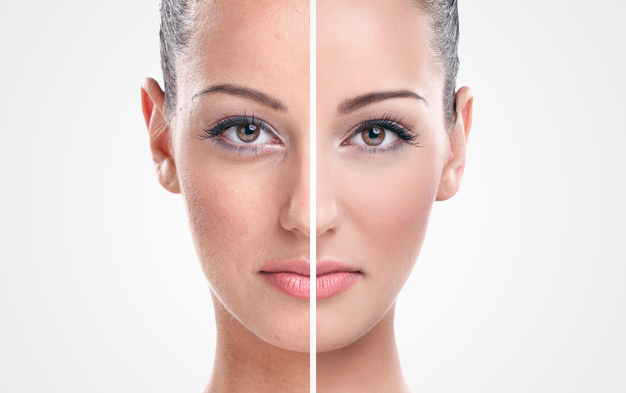
Most hyperpigmentation is typically caused by external stressors, the most common of which is too much sun exposure. When sunlight reaches the skin, it triggers melanin production. As mentioned, these dark spots can appear in all shapes, sizes, and colour densities, and they can impact all skin types, tones, and ethnicities.
Post-inflammatory hyperpigmentation develops following different types of skin trauma (such as burns, grazes, cuts or any scrape that breaks the skin), blemishes and the misuse of topical treatments that might be too intensive for your skin type. Allergic reactions can also cause post-inflammatory hyperpigmentation too.
To prevent dark spots and uneven pigmentation from developing successfully, the best daily treatment which you can self-administer is to apply sunscreen every morning, ideally one with an SPF30 or higher. Using sunscreen more regularly will also prevent hyper pigmentation which is caused by breakouts or scars from becoming darker.
Here at CoLaz, our experts will find the right facial remedy to suit you and your skin. For more information on each of our therapies, click the links below:
Alongside IPL hair removal, this is also one of the most successful acne treatments, working best in cases of mild to moderate inflammatory acne. High-intensity pulsed light targets affected areas and permeates tissue to destroy harmful bacteria and help prevent future breakouts. And, since IPL is completely safe and non-toxic, it delivers drug-free results without side effects, pain, photo sensitivity, or downtime.
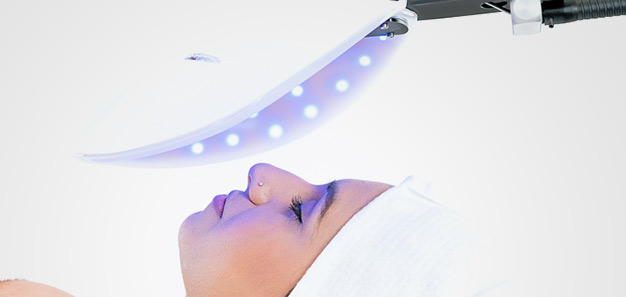
A relaxing treatment which encourages cellular regeneration with a combination of blue and red LED lights which cause a photo-biochemical reaction to stimulate the skin. The resulting stimulation of collagen and elastin helps diminish fine lines, enhance skin texture, and alleviate spots and imperfections.
As well as our CoLaz Illuminating Facial and collection of skin brightening products, CoLaz also has other non-surgical treatments designed to enhance and rejuvenate your skin:
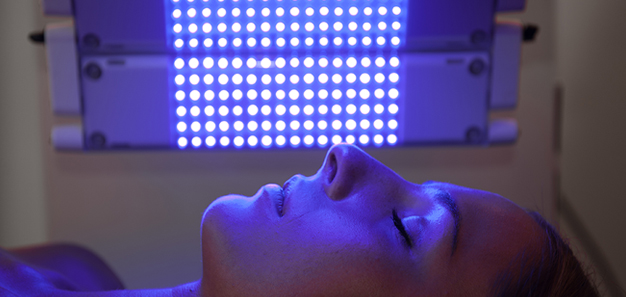
A treatment to remove unwanted hair and reduce the dark patches that can occur from hyper pigmentation due to repeatedly waxing areas of skin.
CoLaz advises a facial every 4 – 8 weeks for your skin to cope with our busy lifestyles and daily street pollution which our complexions have to put up with. At CoLaz, we only use a range of premium products to ensure the most luxurious and purifying facial experience in London.
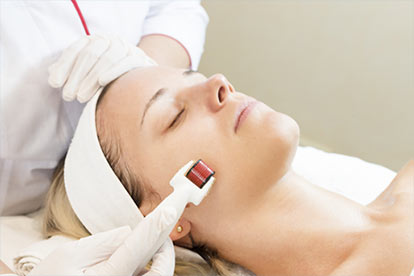
Microneedling therapy uses small needles to puncture the skin, encouraging the renewal of new skin cells. Smooth wrinkles, erase acne scars and tackle sun damage. See an immediate plumping effect and rejuvenating difference after just one session.
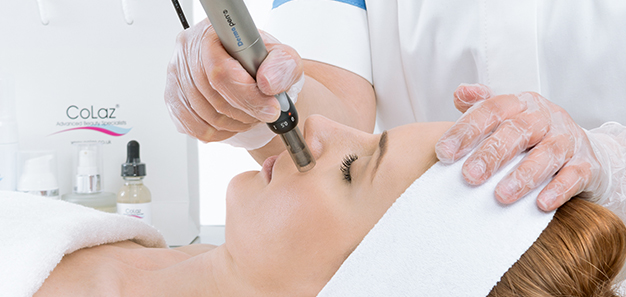
The latest Dermapen3™ technology is an automated needling remedy that naturally fosters collagen and elastin as a pain-free facial alternative to traditional microneedling. The treatment lifts and revitalises your cells resulting in younger, healthier-looking skin.
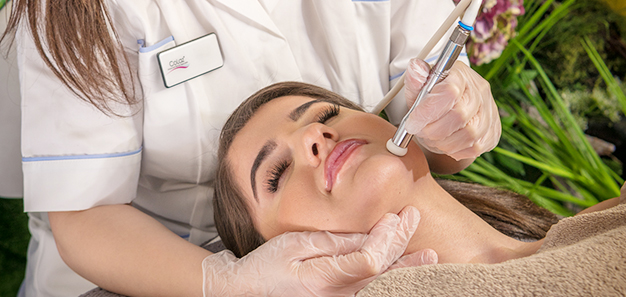
Virtually painless and considerably gentler than some other facial treatments, diamond removes the outermost layers of dead skin cells to freshen your face. Moreover, a diamond peel can be combined with LED Therapy to produce unrivalled skin results.
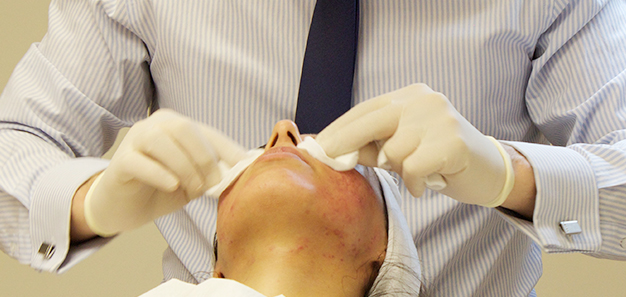
A controlled skin face peel can be an incredibly effective treatment for ironing out wrinkles, settling facial blemishes, and balancing uneven skin pigmentation to restore your youthful glow. Improve and smooth the texture of your skin.